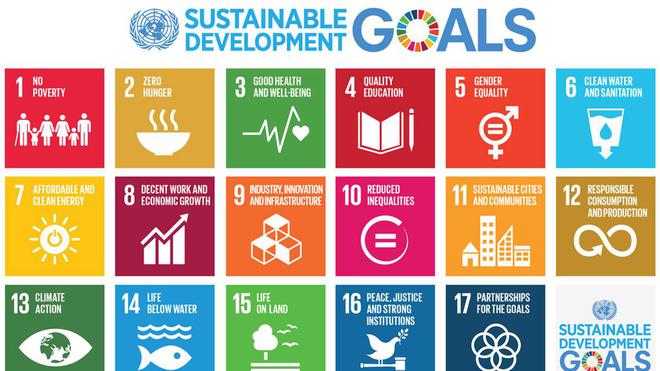7667766266
enquiry@shankarias.in
According to Lancet study, India is like to miss deadline for 50% of SDG indicators.

India will not be able to meet the targets on anaemia.